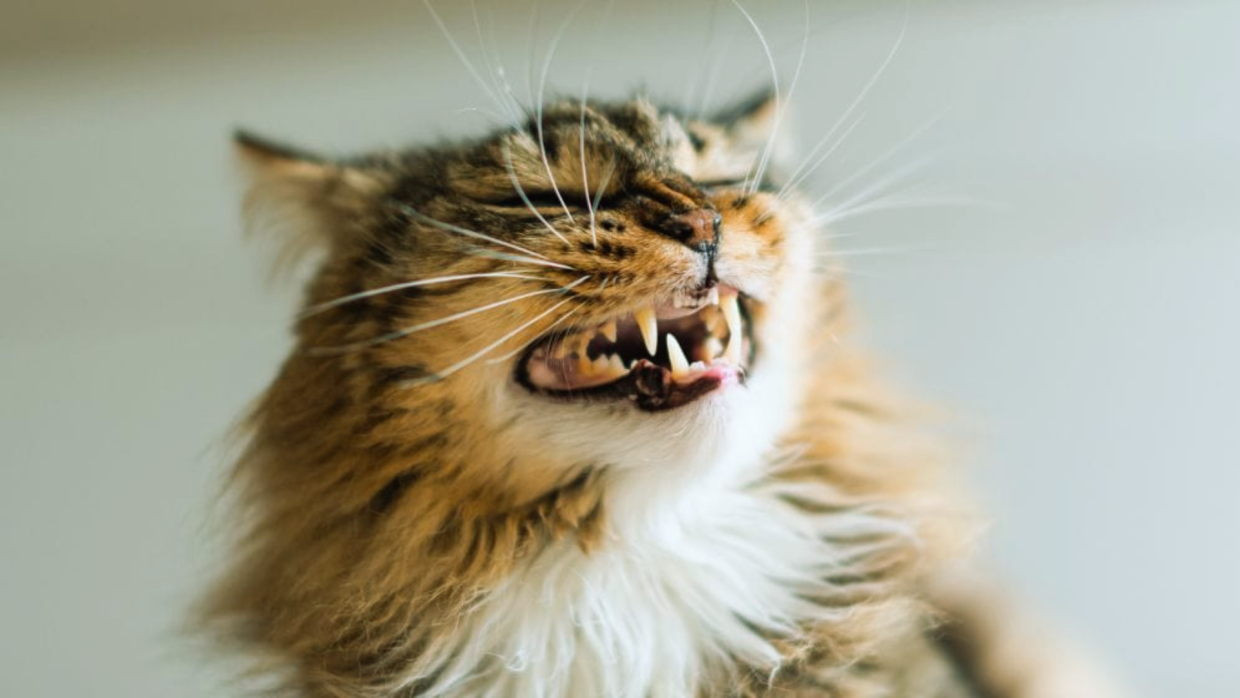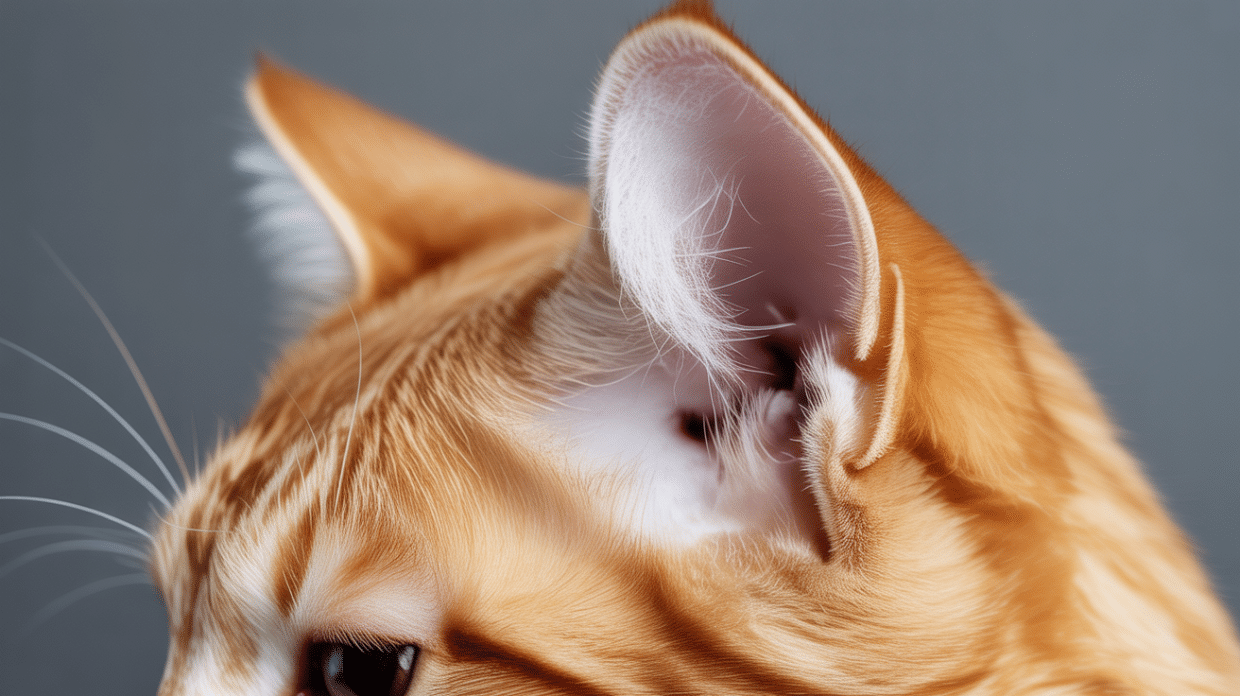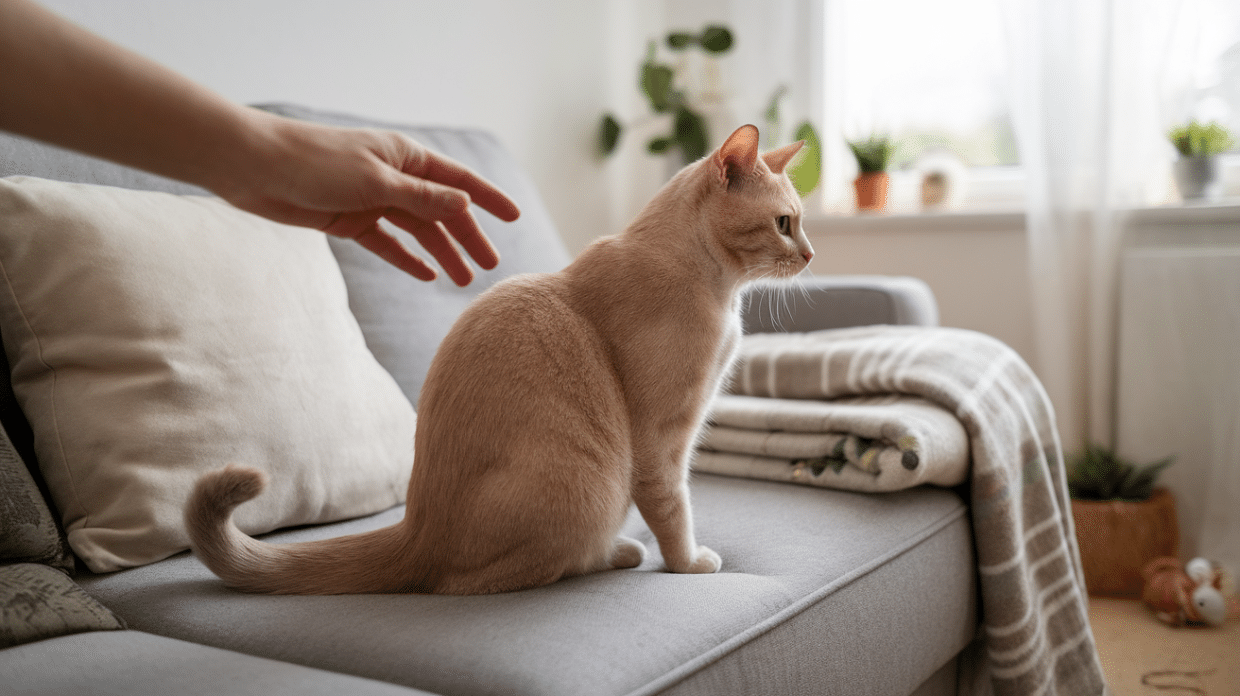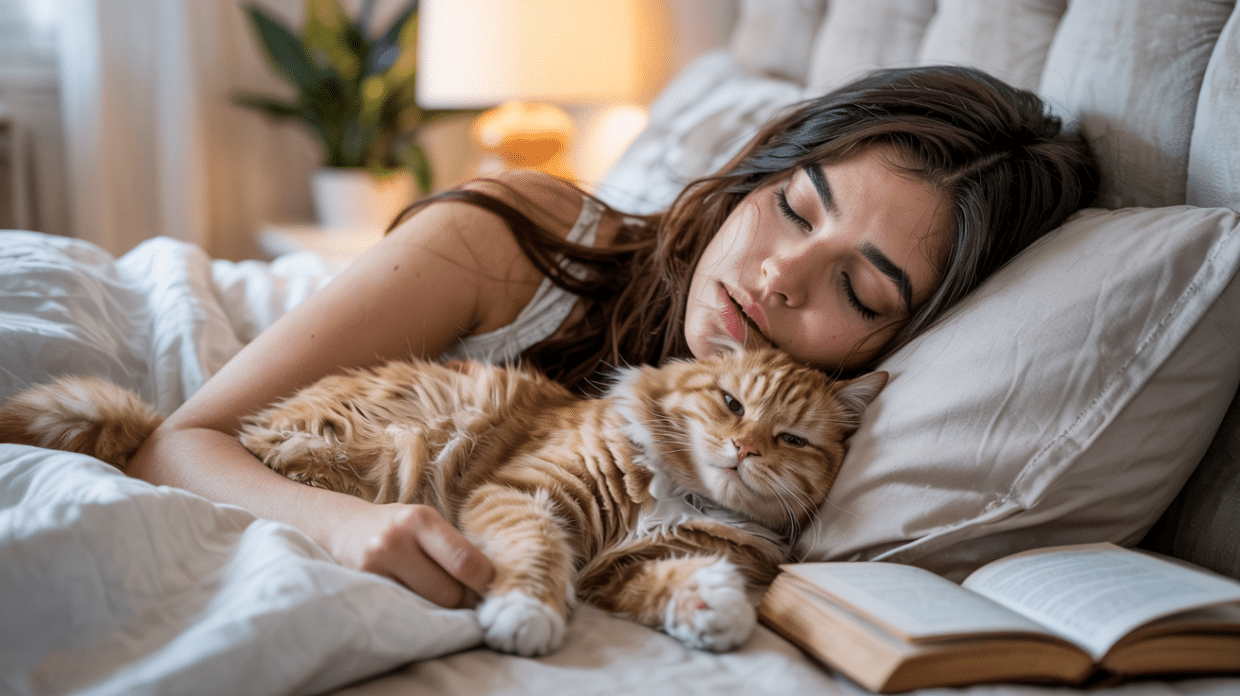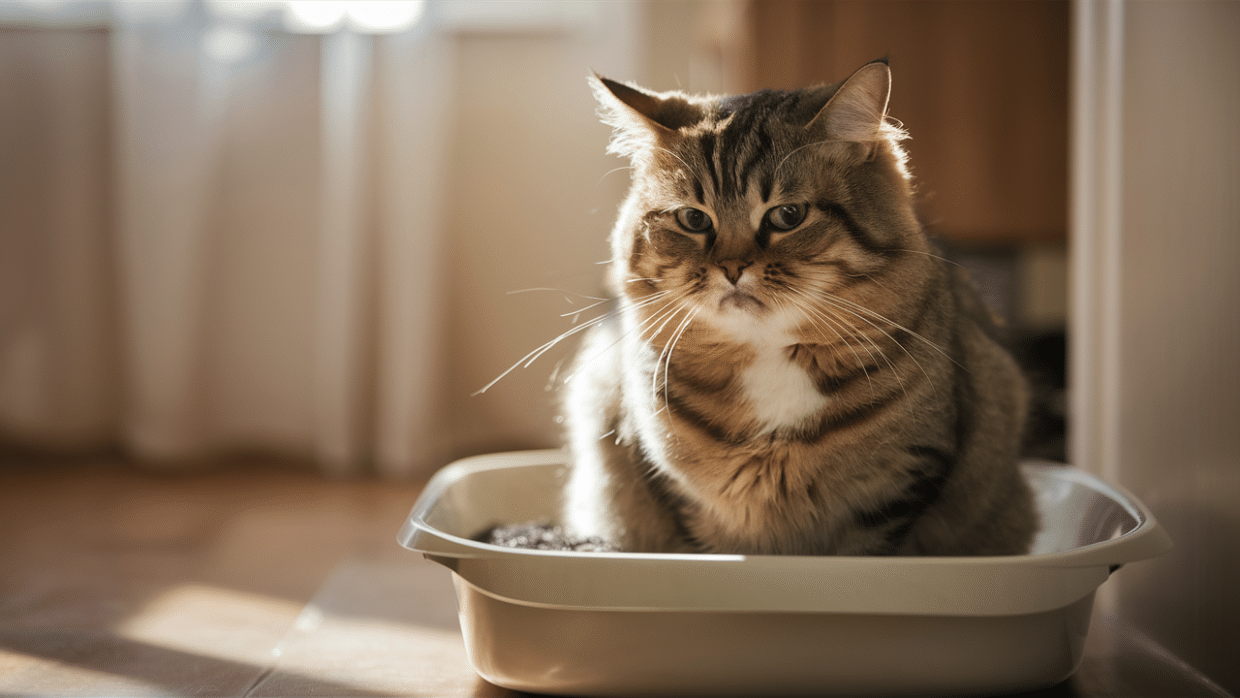Your feline friend’s dental health is crucial to their overall well-being, yet it’s often overlooked until problems arise.
Those tiny bottom teeth do more than create that adorable underbite many cat owners find charming. They’re essential indicators of your cat’s health.
It’s important to understand the anatomy and proper care of your cat’s bottom teeth.
Which can help you detect early signs of dental disease, prevent painful conditions like tooth resorption, and potentially save your pet from serious health complications.
By learning what’s normal for your cat’s bottom teeth. You’ll be better equipped to notice changes that might require veterinary attention.
Understanding the Structure of Cats’ Bottom Teeth

Adult cats typically have 30 teeth in their mouth, with 14 of these located on the bottom jaw. This dental arrangement has evolved perfectly to support their carnivorous lifestyle.
The bottom jaw contains an organized set of specialized teeth, each serving a distinct purpose in how cats capture, consume, and process food.
The Role of Each Bottom Tooth
Incisors
The front of your cat’s lower jaw features six tiny, scoop-shaped incisors. These small teeth are crucial in grooming, nibbling, and precisely gripping objects.
When your cat delicately picks up a toy or meticulously grooms its fur, it uses these specialized teeth.
Canines
Located at the corners of the mouth, the two bottom canines are the longest and most prominent teeth in your cat’s mouth.
These sharp, pointed teeth are designed for biting, grasping prey, and delivering the killing bite in the wild. Domesticated cats still utilize these impressive fangs when playing with toys or eating meat.
Pre-molars & Molars
Moving toward the back of the jaw, cats have six premolars and two molars on the bottom. These teeth have ridged surfaces that work like scissors to slice through muscle and tendons.
Unlike human molars, which have flat surfaces for grinding plant material, a cat’s back teeth are specialized for tearing and processing meat, reflecting its obligate carnivore status.
Teething Process in Kittens and Adult Cats
Kittens start with baby teeth at 2-3 weeks, losing them around 3-4 months as adult teeth emerge, completing their dental development by 7 months.
Baby Teeth
Just like human babies, kittens are born without teeth. Deciduous (baby) teeth appear during a kitten’s first weeks of life.
A kitten’s full set of baby teeth consists of 26 teeth, with 10 of these located on the bottom jaw. These include six incisors at the front, two canines (the sharp fangs), and two premolars on each side.
When Baby Teeth Erupt
The teething process typically begins as early as 2-3 weeks, with most kittens showing their first visible teeth by 1 month.
The bottom incisors are usually among the first to emerge, followed by the canines around 3-4 weeks.
By 6 weeks, most kittens have all their baby teeth, giving them that adorably fierce appearance as they begin exploring solid foods and play behaviors that help develop their hunting skills.
Development of Adult Cats’ Bottom Teeth
Transitioning from baby to adult teeth is a significant milestone in your cat’s development.
At around 3-4 months of age, kittens begin losing their deciduous teeth as the permanent teeth develop and push them out.
This process continues until about 6-7 months of age, when most cats have their complete set of 30 permanent teeth (14 on the bottom).
During this transition period, you might notice several signs:
- Slightly swollen or red gums
- Occasional mild discomfort while eating
- Increased chewing behavior
- Small baby teeth around your home (though many are swallowed)
- Possibly some minor bleeding from the gums
By 6 months of age, your cat should have their full set of adult bottom teeth: six incisors, two canines, six premolars, and two molars. This marks the beginning of adult dental care needs.
Unlike baby teeth, these permanent teeth must last your cat’s entire lifetime, making proper dental care essential from this point forward.
Common Issues with Cats’ Bottom Teeth
Common cat bottom teeth problems include dental decay, gingivitis, periodontal disease, tooth resorption, and potential alignment issues that can cause discomfort or eating difficulties.
Tooth Resorption in Cats
Tooth resorption is one of the most painful and common dental conditions affecting cats, with studies suggesting it impacts 30-70% of cats during their lifetime.
This progressive condition occurs when the body begins to break down and absorb tooth structures, often starting below the gumline, where they are not immediately visible.
The bottom teeth, particularly the premolars, are frequently affected by this condition.
Resorptive lesions typically begin at the neck of the tooth (where the tooth meets the gumline) and gradually eat away at the tooth structure from the outside in.
As the disease progresses, it can create painful holes in the teeth that expose sensitive inner tissues.
Signs and symptoms to watch for include:
- Increased sensitivity around the mouth
- Difficulty chewing (especially on one side)
- Drooling or bloody saliva
- Preference for soft food over hard kibble
- Jaw chattering when eating or grooming
- Reluctance to have the face or mouth touched
- Visible holes, discoloration, or inflammation along the gum line
Unfortunately, tooth resorption isn’t preventable with regular dental care, though early detection through regular veterinary dental check-ups can help manage pain and complications.
Missing or Broken Teeth
Finding your cat missing one or more bottom teeth is relatively common, especially as they age. There are several potential causes:
- Trauma: Active cats, especially those who spend time outdoors, may break or lose teeth through accidents, falls, or fights with other animals. The prominent canine teeth on the bottom jaw are particularly vulnerable to traumatic injury.
- Tooth Resorption: As mentioned above, this condition weakens teeth, eventually causing them to break or fall out completely. Many cats with missing teeth have lost them due to advanced resorptive lesions.
- Genetic Factors: Some cats, particularly certain breeds like Persians, may have genetic predispositions to dental issues that result in tooth loss.
- Periodontal Disease: Chronic inflammation of the gums and supporting structures can loosen teeth over time, eventually leading to tooth loss if left untreated.
The impact of missing bottom teeth depends on which teeth are affected. While cats can generally adapt to eating without a few incisors, missing multiple teeth, especially canines or molars, can significantly impact eating habits. Cats may:
- Take longer to eat
- Drop food while eating
- Prefer soft food over kibble
- Show weight loss if eating becomes too difficult
- Experience pain that affects their overall quality of life
If you notice missing or broken teeth in your cat’s mouth, a veterinary examination is essential to determine the underlying cause and create an appropriate treatment plan.
Dental Problems with Bottom Teeth
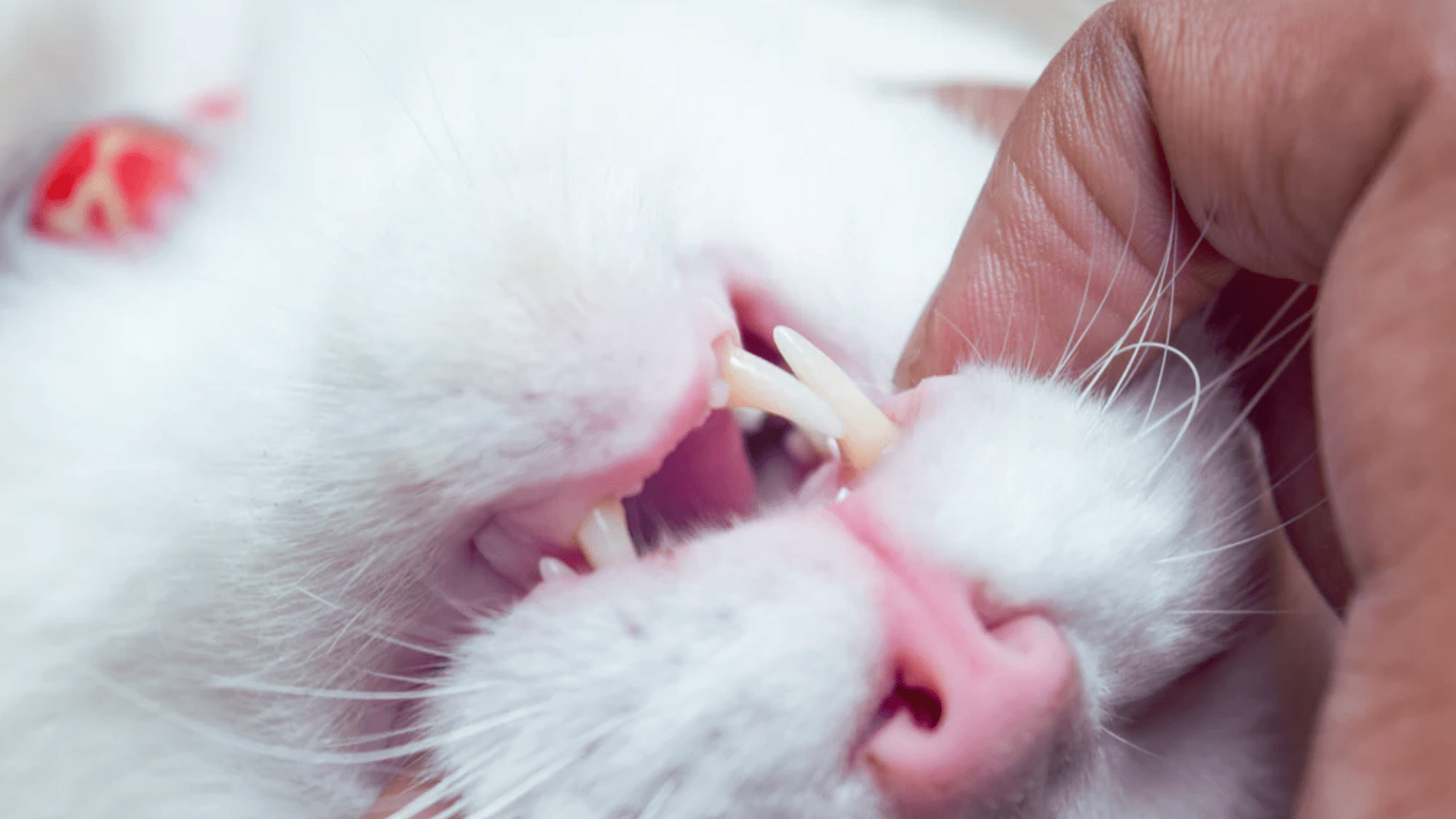
Cats are masters at hiding pain, making dental issues particularly challenging to detect.
Awareness of subtle changes in your cat’s behavior can help you identify potential problems with their bottom teeth before they become severe.
Changes in Eating Habits
When your cat has dental problems, you might first notice changes in their eating habits.
Your cat may show interest in food but back away when they try to eat because it hurts. You might see them chewing only on one side of their mouth, which often means the other is painful.
Some cats with dental issues drop food while eating because they can’t keep it in their mouth properly due to loose or painful teeth.
Many cats with tooth problems prefer soft food to hard kibble since crunchy food causes more discomfort.
Over time, ongoing dental pain can make your cat eat less, which may lead to unexplained weight loss if you haven’t noticed the other signs.
Paying attention to these eating behaviors can help you catch dental problems early before they become more serious.
Bad Breath
Your cat’s breath won’t smell great under normal circumstances, but a strong, bad smell often points to dental problems.
Bad breath typically results from bacteria growing on teeth and gums, mouth infections, or rotting tissue caused by serious gum disease. It can also result from tooth resorption, a condition that often affects the lower teeth in cats.
When your cat’s breath smells worse than usual, it’s important to schedule a vet appointment for a dental check-up.
The unpleasant smell is likely caused by an infection or disease that needs proper medical care. Don’t ignore this sign, as dental problems can worsen without treatment.
Visible Redness or Swelling
When checking your cat’s mouth health, please pay attention to their gums, which should normally be light pink (though some cats have naturally darker gums).
Look closely at the area around the bottom teeth for warning signs of problems. A red line where the gums meet the teeth shows inflammation.
Gums that look puffy or swollen point to an infection or an inflammatory response in the mouth. The tissue becomes weak and unhealthy if the gums bleed when lightly touched.
In more serious cases, the gums might pull back from the teeth, exposing the roots, a sign of advanced gum disease.
Also, watch for yellow or brown buildup on the teeth, which is tartar that causes the gums to become inflamed.
These signs tell you it’s time for professional dental care for your cat.
How to Care for Your Cat’s Bottom Teeth
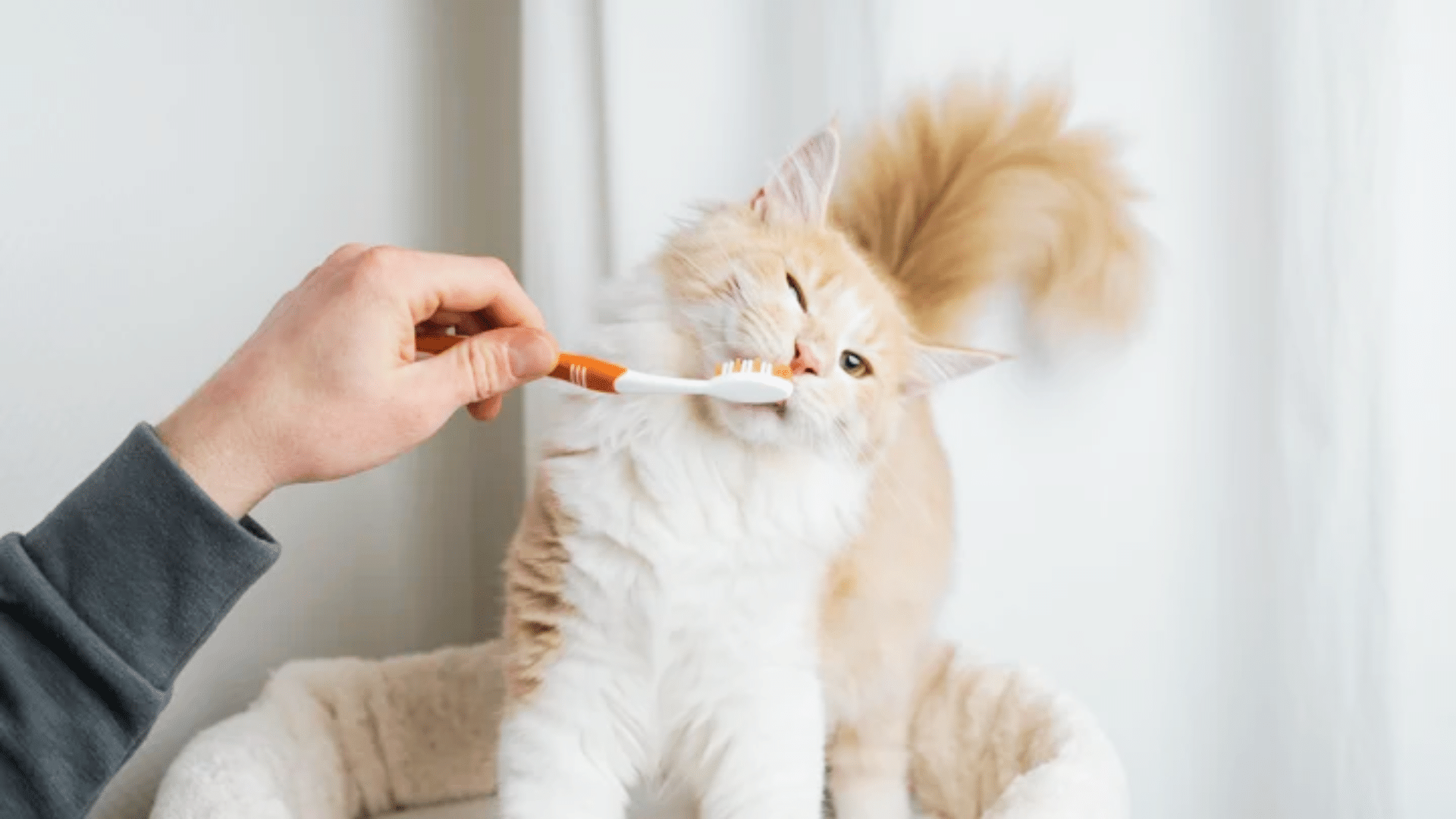
Maintaining your cat’s dental health requires a gentle and consistent approach.
When introducing tooth brushing, start slowly by creating a calm environment.
Use a cat-specific toothbrush and pet-safe toothpaste, allowing your cat to get comfortable with the process.
Begin with brief touches to the teeth, using soft circular motions, and always reward your cat with treats and praise.
Dental chews and toys are crucial in keeping your cat’s teeth clean.
These items help reduce plaque and tartar buildup while massaging the gums.
Choose size-appropriate toys approved by veterinary dental associations to keep your cat engaged and support oral health.
Regular professional dental exams are vital for catching and preventing potential tooth problems.
Annual check-ups allow veterinarians to examine your cat’s teeth thoroughly, perform cleanings if needed, and identify any early signs of dental issues.
Combining home care with professional check-ups ensures your cat maintains healthy bottom teeth and overall well-being.
When to See the Vet for Your Cat’s Bottom Teeth
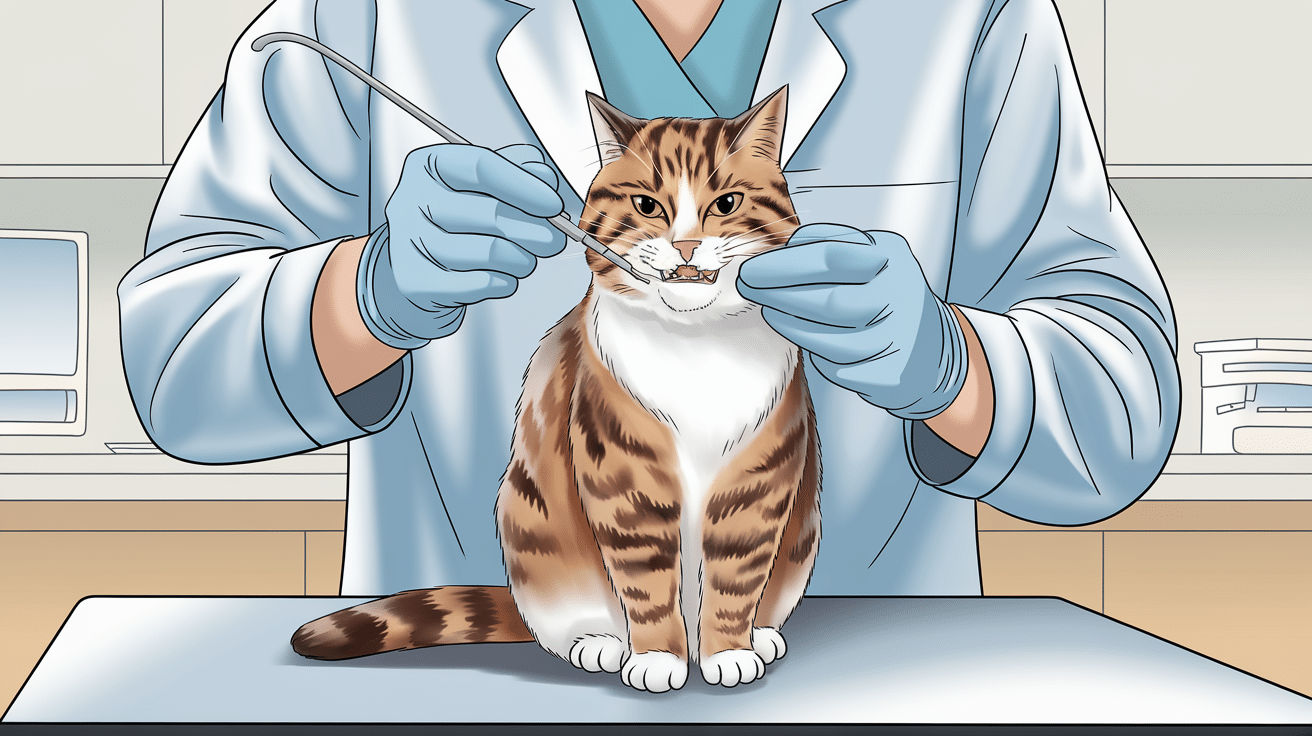
Cat bottom teeth problems? Learn warning signs that require vet care and when routine check-ups are needed.
Signs That Require Immediate Attention
If your cat has ongoing bad breath that doesn’t go away, struggles to eat their food, or you can see broken teeth in their mouth, don’t wait to get help.
These problems need quick attention from a vet because they cause pain and can lead to worse health issues if left untreated.
Routine Dental Check-ups
Getting your cat’s teeth checked by a vet once or twice a year is very important, even if you don’t notice any problems.
These regular check-ups help catch small issues before they turn into big ones. Vets can spot early signs of dental disease that you might miss at home.
During these visits, your vet can also properly clean your cat’s teeth, removing harmful buildup that regular brushing can’t eliminate. This basic care prevents pain, infection, and costly treatments later on.
Many serious cat health problems start in the mouth, so these dental visits are key to keeping your cat healthy.
Conclusion
Taking care of your cat’s bottom teeth is essential for their overall health.
Regularly checking for signs like bad breath, gum redness, or changes in eating habits can help catch dental issues early, preventing pain and complications.
Consistent home care, including brushing and dental chews, along with routine vet check-ups, will help keep your cat’s teeth in top condition.
Don’t wait for obvious signs of trouble. Early attention can save you both stress and costly treatments.
By staying proactive, you ensure your cat enjoys a healthier, pain-free life. For more tips on taking care of your pet, check out our other blogs on the website.

